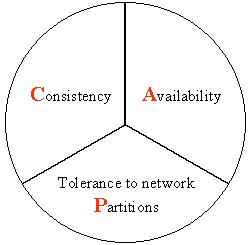Extremely large-scale antenna arrays, tremendously high frequencies, and new types of antennas are three clear trends in multi-antenna technology for supporting the sixth-generation (6G) networks. To properly account for the new characteristics introduced by these three trends in communication system design, the near-field spherical-wave propagation model needs to be used, which differs from the classical far-field planar-wave one. As such, near-field communication (NFC) will become essential in 6G networks. In this tutorial, we cover three key aspects of NFC. 1) Channel Modelling: We commence by reviewing near-field spherical-wave-based channel models for spatially-discrete (SPD) antennas. Then, uniform spherical wave (USW) and non-uniform spherical wave (NUSW) models are discussed. Subsequently, we introduce a general near-field channel model for SPD antennas and a Green's function-based channel model for continuous-aperture (CAP) antennas. 2) Beamfocusing and Antenna Architectures: We highlight the properties of near-field beamfocusing and discuss NFC antenna architectures for both SPD and CAP antennas. Moreover, the basic principles of near-field beam training are introduced. 3) Performance Analysis: Finally, we provide a comprehensive performance analysis framework for NFC. For near-field line-of-sight channels, the received signal-to-noise ratio and power-scaling law are derived. For statistical near-field multipath channels, a general analytical framework is proposed, based on which analytical expressions for the outage probability, ergodic channel capacity, and ergodic mutual information are obtained. Finally, for each aspect, topics for future research are discussed.
翻译:暂无翻译




